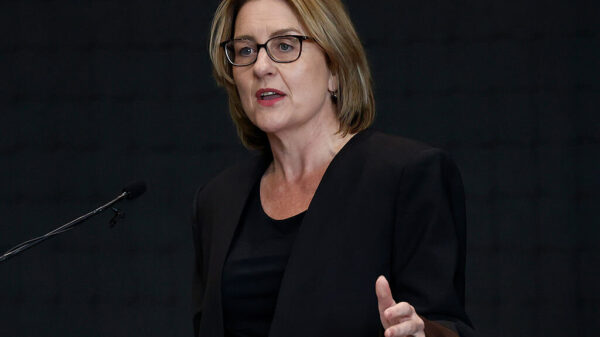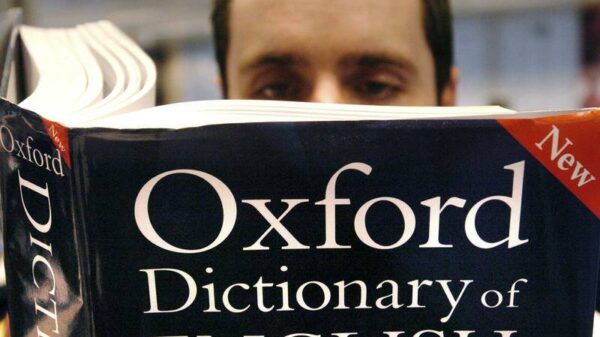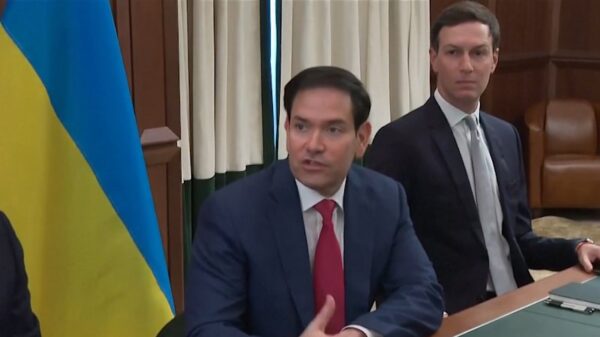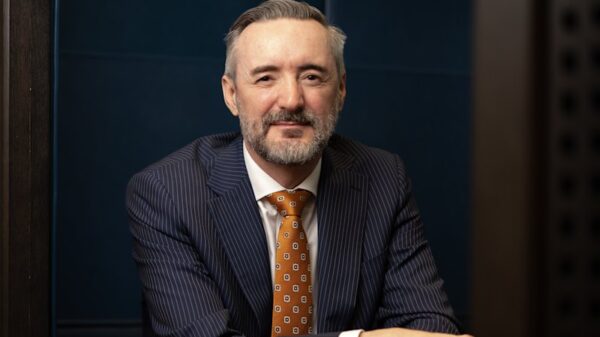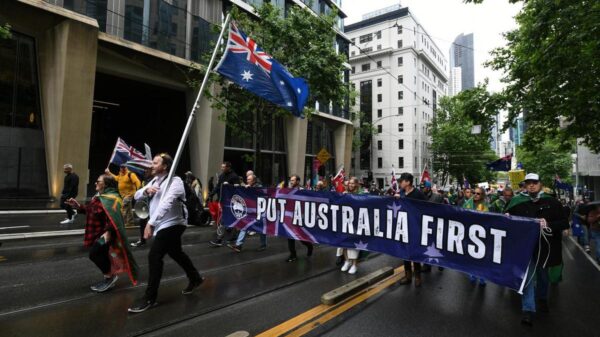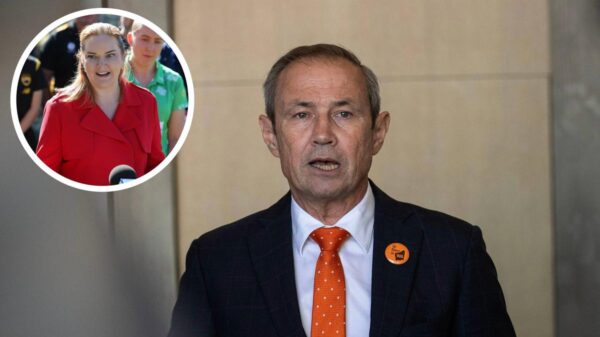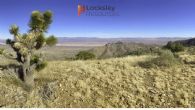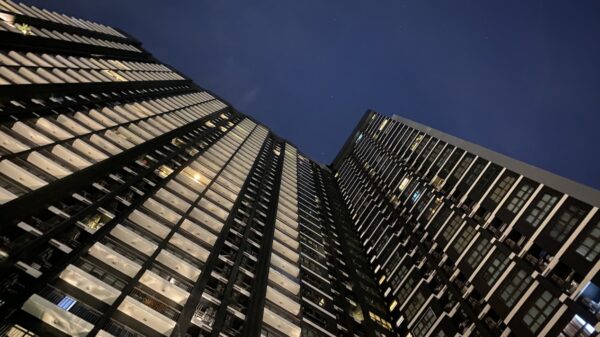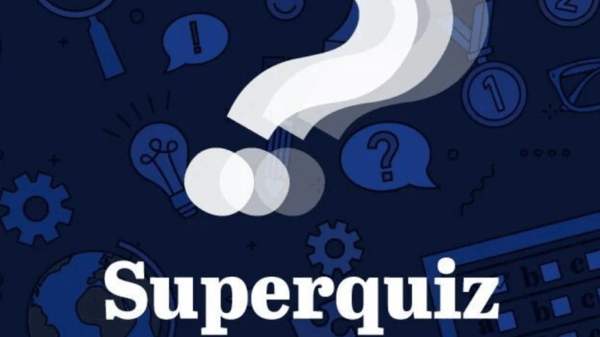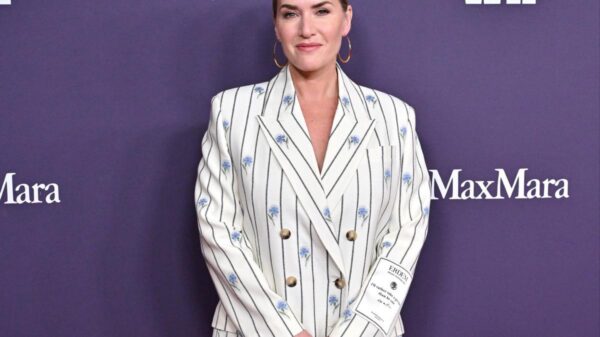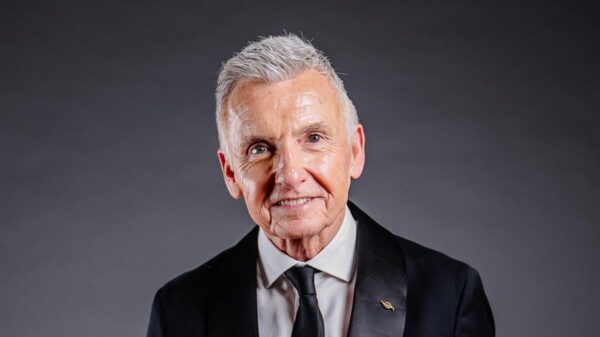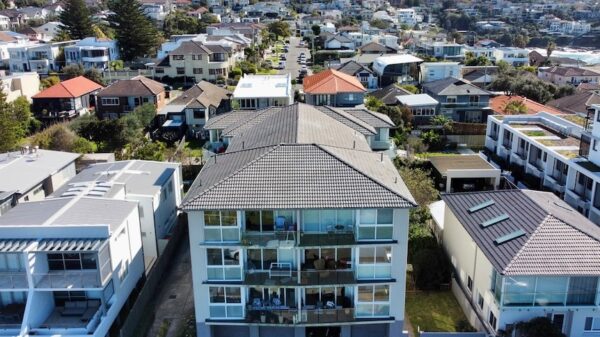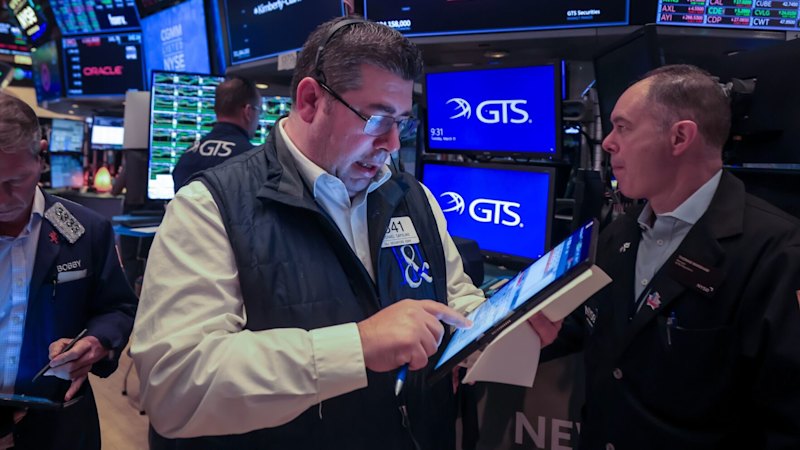Wall Street experienced a significant rally on Friday, marking its strongest performance in months, driven by optimism regarding potential interest rate cuts from the Federal Reserve. The S&P 500 surged by 1.5 percent, ending a six-day losing streak and coming close to its record high achieved just last week. The boost followed comments from Federal Reserve Chairman Jerome Powell during the Fed’s annual gathering in Jackson Hole, Wyoming, where he hinted that cuts to interest rates could be on the horizon.
The Dow Jones Industrial Average soared by 846 points, or 1.9 percent, reaching a new record after surpassing its previous peak from December. The Nasdaq Composite also climbed, gaining 1.9 percent. The Australian sharemarket is expected to follow suit, with futures indicating a rise of 84 points, or 0.9 percent, at the market’s opening on Monday.
Brian Jacobsen, Chief Economist at Annex Wealth Management, characterized the market reaction to Powell’s speech as “Ka-Powell.” Investors had anticipated that Powell might signal an imminent rate cut, which typically stimulates economic growth and investment, despite the risk of increased inflation. This sentiment was further fueled by a weaker-than-expected job growth report earlier in the month, leading many on Wall Street to speculate that the Fed might act as soon as its next meeting in September.
In his remarks, Powell acknowledged the rising risks to the job market, stating that the Fed’s dual mandate involves maintaining a healthy job market while controlling inflation. He noted the current job market appears stable, albeit with “a curious kind of balance” where fewer new workers are competing for a limited number of new jobs. Powell refrained from committing to a specific timeline for any policy changes, emphasizing the need for careful consideration.
Market Reactions and Economic Indicators
The bond market responded to Powell’s comments, with Treasury yields dropping as expectations for a rate cut increased. Traders assigned an 83 percent probability to a rate cut in September, up from 75 percent the previous day, according to data from CME Group. The yield on the 10-year Treasury fell to 4.25 percent from 4.33 percent, while the two-year Treasury yield, which closely tracks Fed actions, dropped to 3.69 percent from 3.79 percent.
On Wall Street, stocks of smaller companies led the charge, benefiting more significantly from lower interest rates due to their reliance on borrowing for growth. The Russell 2000 index surged by 3.9 percent, marking its best day since April. Homebuilders also saw gains, buoyed by the prospect of easier borrowing conditions, with major companies like Lennar, PulteGroup, and D.R. Horton rising more than 5 percent.
Travel companies experienced a notable uptick in stock prices as well, with Norwegian Cruise Line jumping 7.2 percent, Delta Air Lines rising 6.7 percent, and Caesars Entertainment climbing 7 percent. In the electric vehicle sector, shares of Chinese manufacturer Nio surged by 14.4 percent following the announcement of pre-sales for its premium SUV model, the ES8.
Tech stocks also participated in the rally. Intel gained 5.5 percent after reports emerged that the company agreed to offer the U.S. government a 10 percent stake in its business. Nvidia’s shares rose by 1.7 percent, as the company continues to navigate challenges related to its high market valuation amid its pivotal role in artificial intelligence technology.
All told, the S&P 500 closed up 96.74 points at 6,466.91, the Dow Jones Industrial Average jumped 846.24 points to 45,631.74, and the Nasdaq Composite finished 396.22 points higher at 21,496.53.
International Market Impact
In global markets, Germany’s DAX index saw a slight increase of 0.3 percent, despite a report indicating a 0.3 percent contraction in the country’s economy during the second quarter. Asian markets also responded positively, with stocks in Shanghai rising by 1.4 percent and those in South Korea climbing by 0.9 percent.
As investors anticipate the potential impact of Federal Reserve policies, the financial landscape remains dynamic, with significant implications for both domestic and international markets. The broader context of these developments underscores the complex interplay between interest rates, economic growth, and market performance as stakeholders look ahead to the Fed’s next moves.



